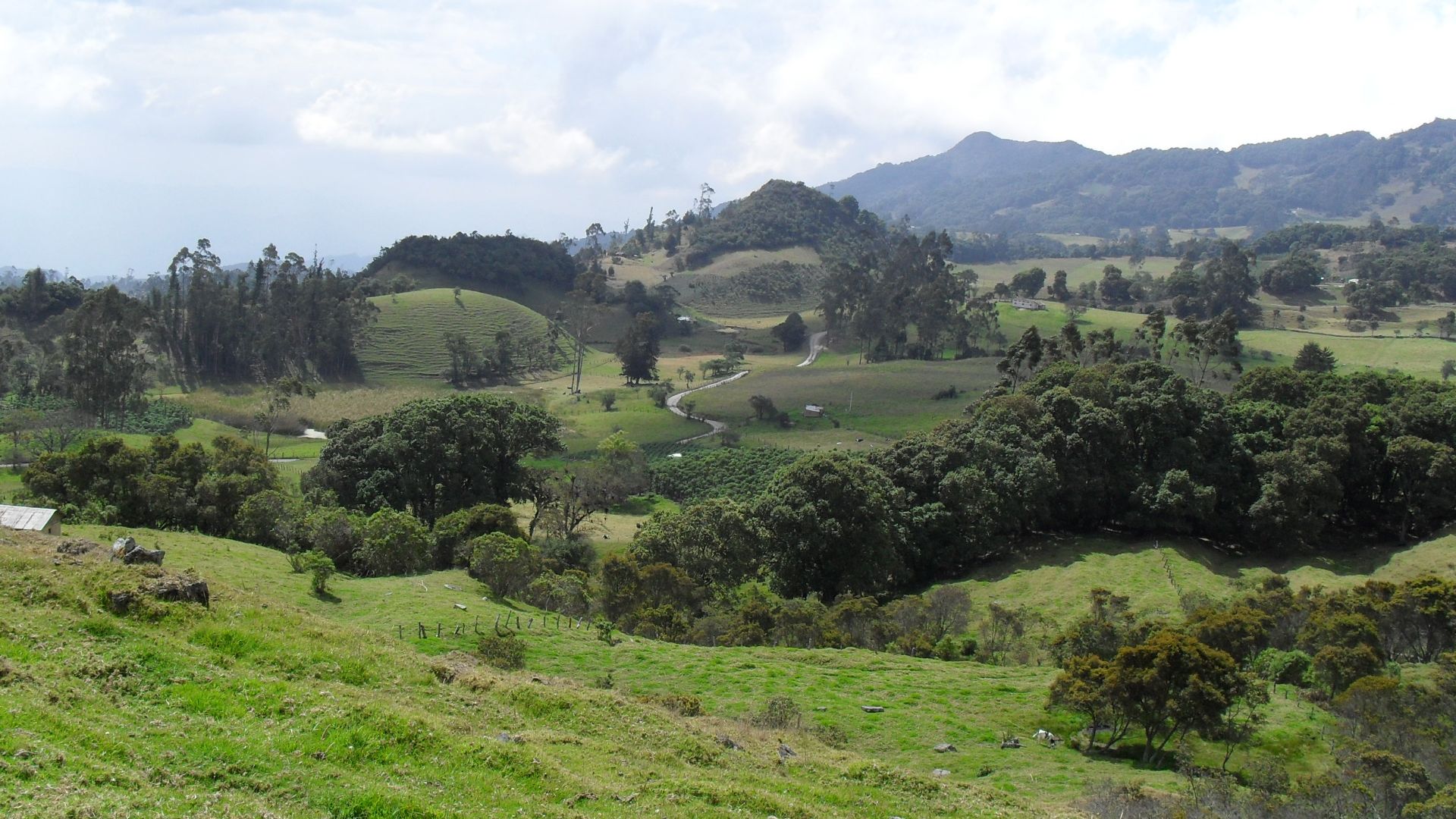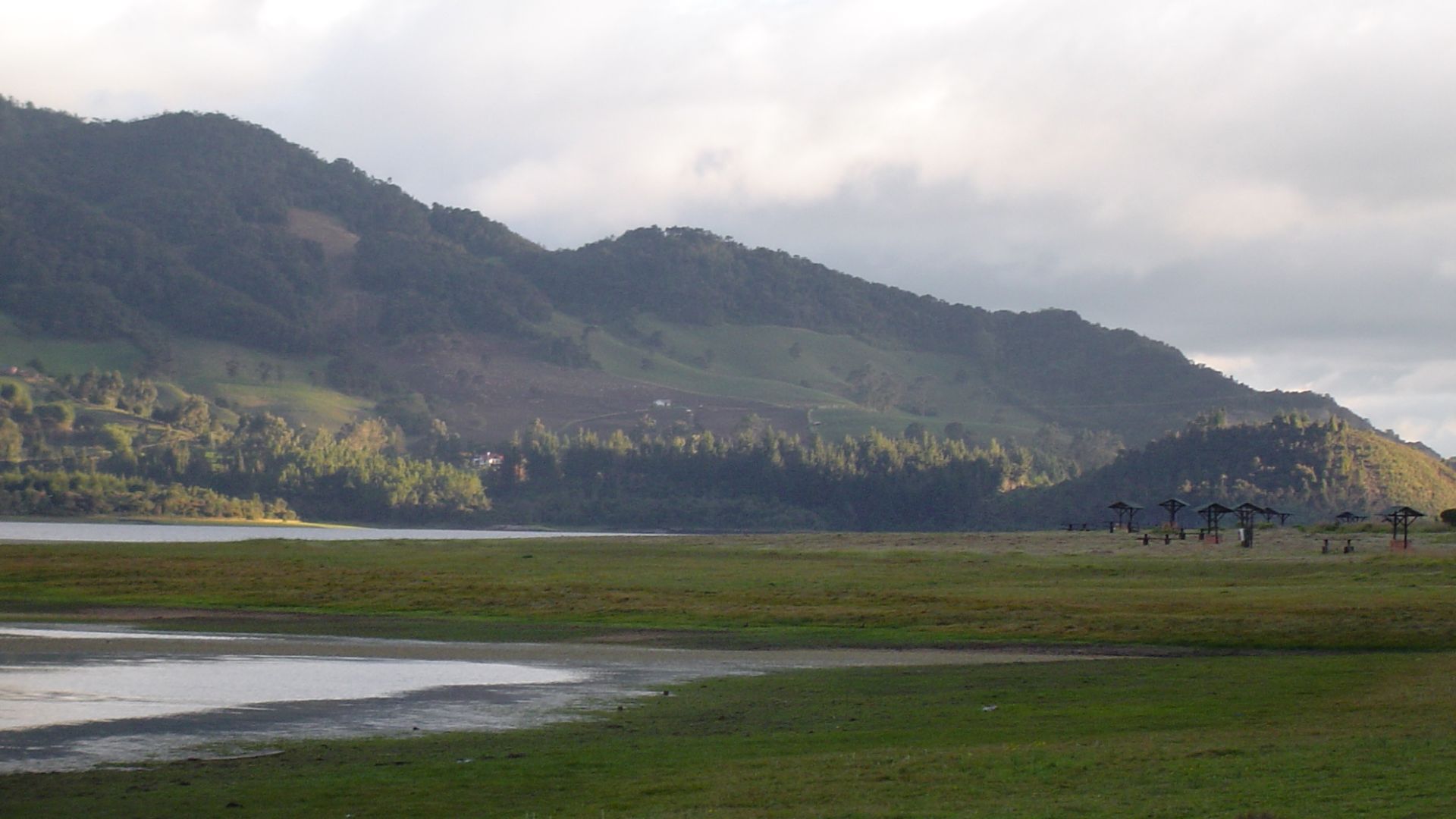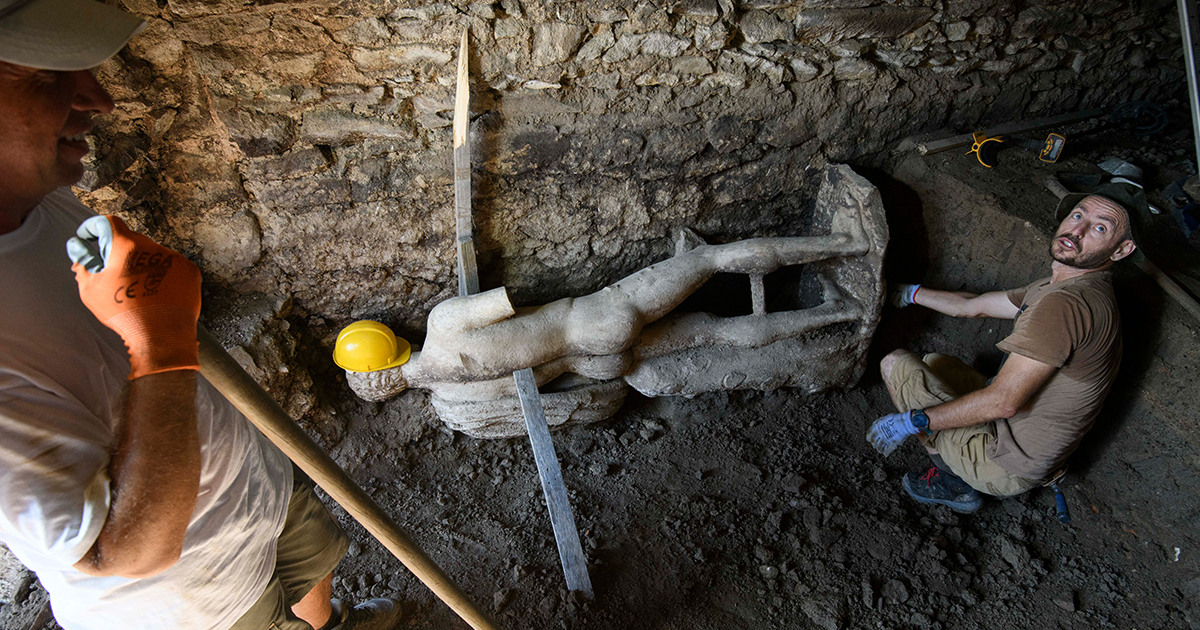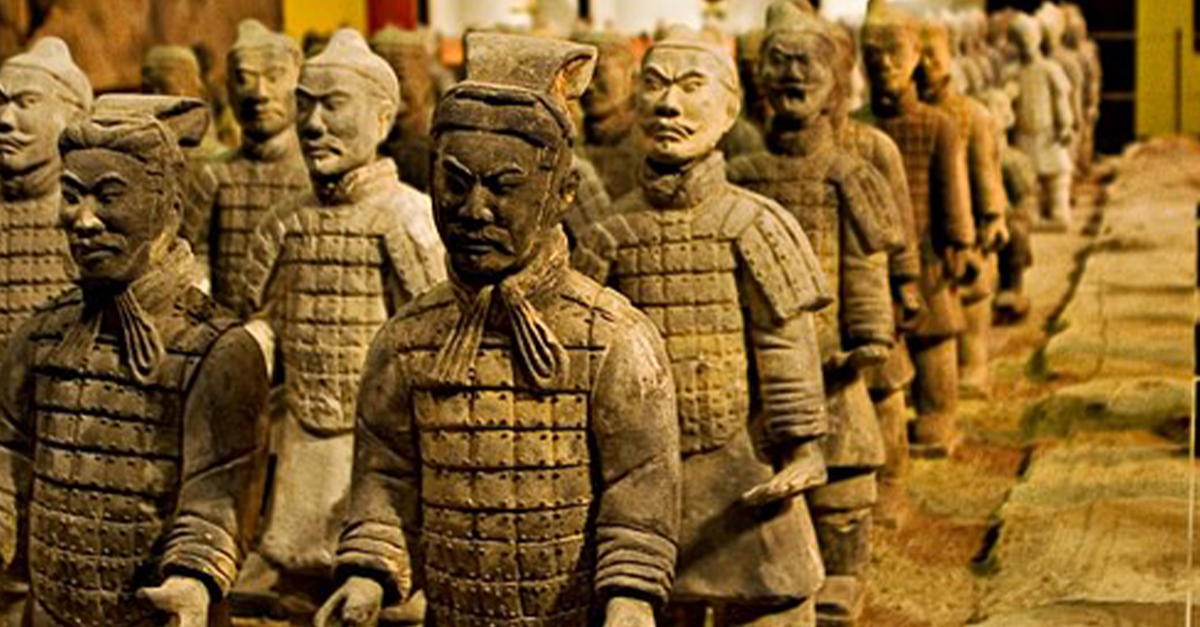The Ancient Ones Who Left No Trace
Long before the rise of known Andean civilizations, an ancient people thrived in Colombia’s high-altitude plains, and then vanished. No descendants, no artifacts, just DNA whispering the tale of a forgotten world.
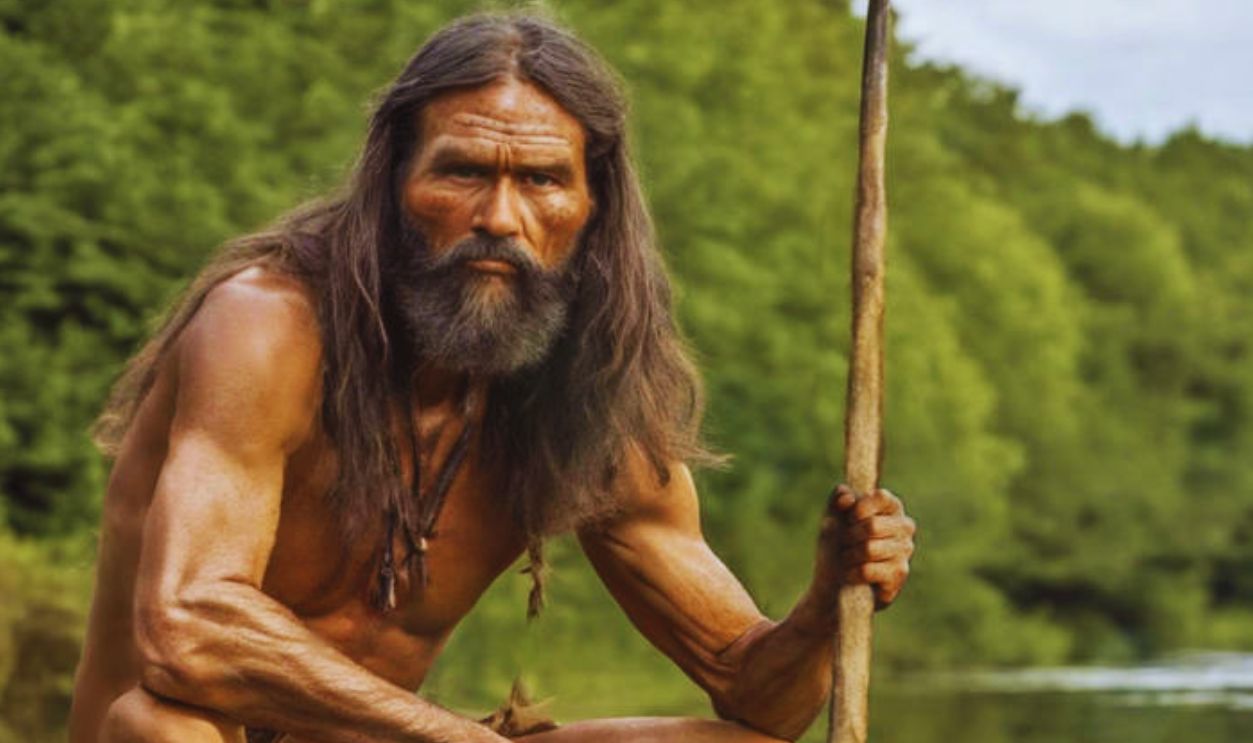
Experts Say It’s “Unexpected”
Archaeologist Andre Luiz Campelo dos Santos from Florida Atlantic University described the findings as “unexpected”. He noted that until now, scientists did not believe any other ancestral lineage existed in South America beyond the known ones.
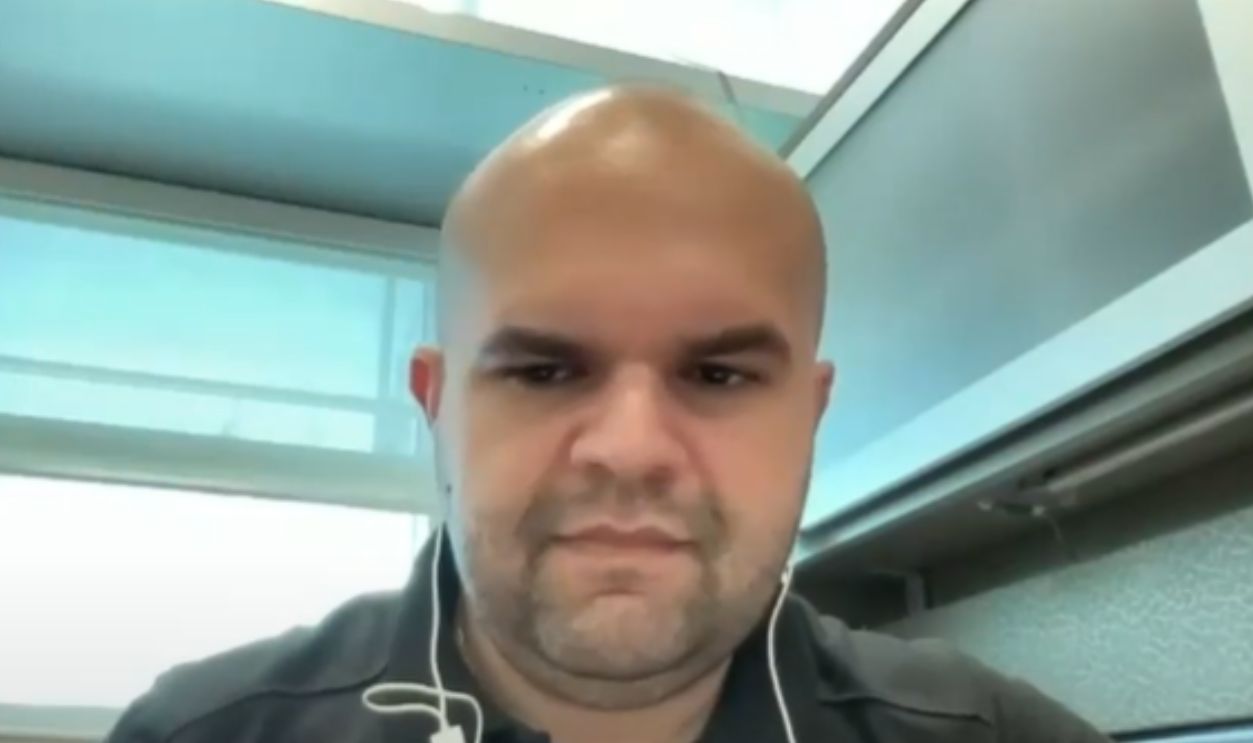 Migration Routes of Ancient People by FAU Research
Migration Routes of Ancient People by FAU Research
It’s A New Chapter In Human History
This ancient DNA analysis tells a new story, one of an unknown group of people who lived thousands of years ago. These individuals possess a genetic distinctiveness from any ancient or modern populations documented to date. Who could they be?
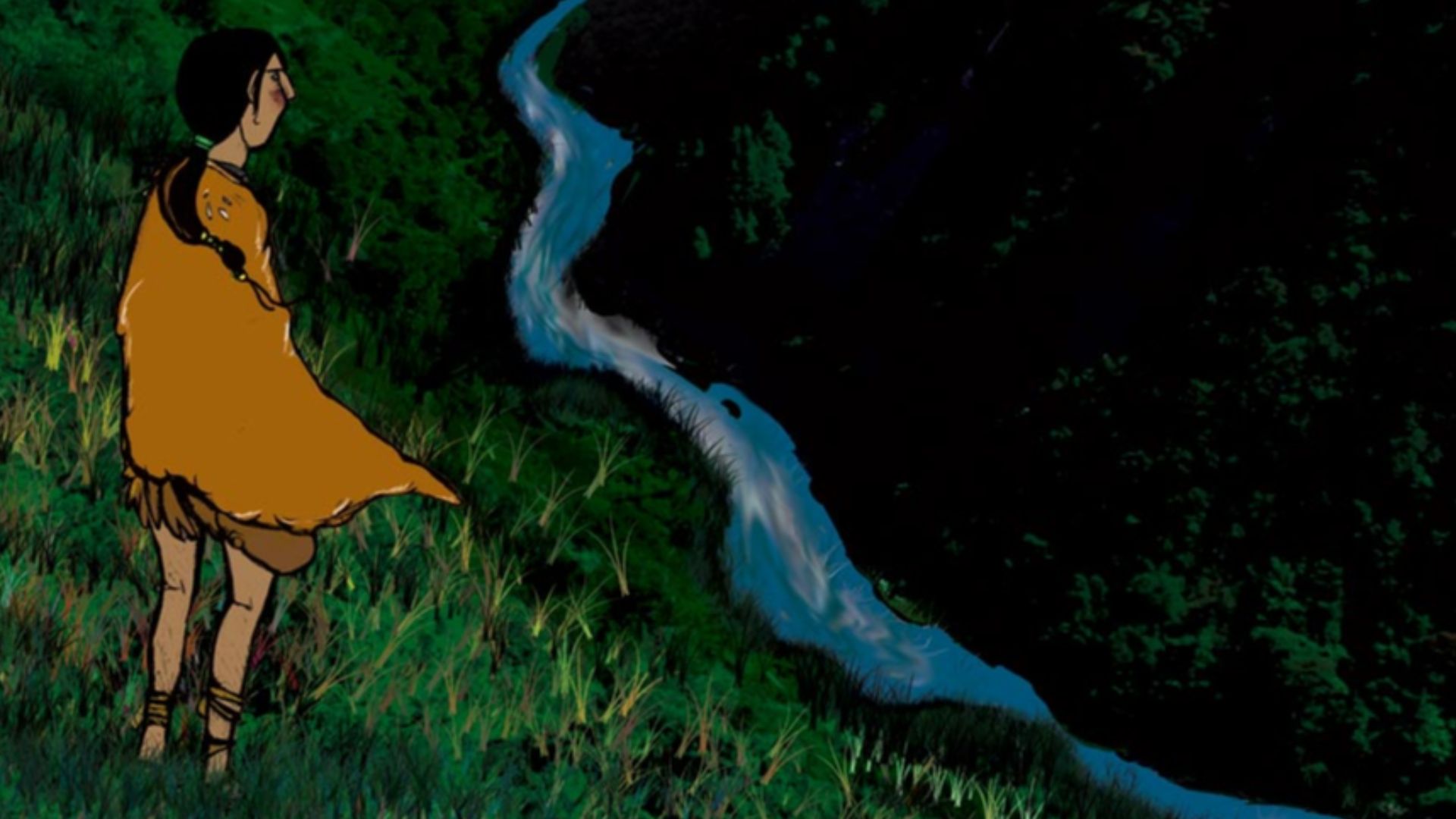 Alicolmenares, Wikimedia Commons
Alicolmenares, Wikimedia Commons
They Lived Thousands Of Years Ago
The findings suggest that the newly identified group lived approximately 6,000 years ago in the highlands of present-day Colombia. Although little is known about their lifestyle, DNA evidence suggests a distinct lineage of early human presence in South America.
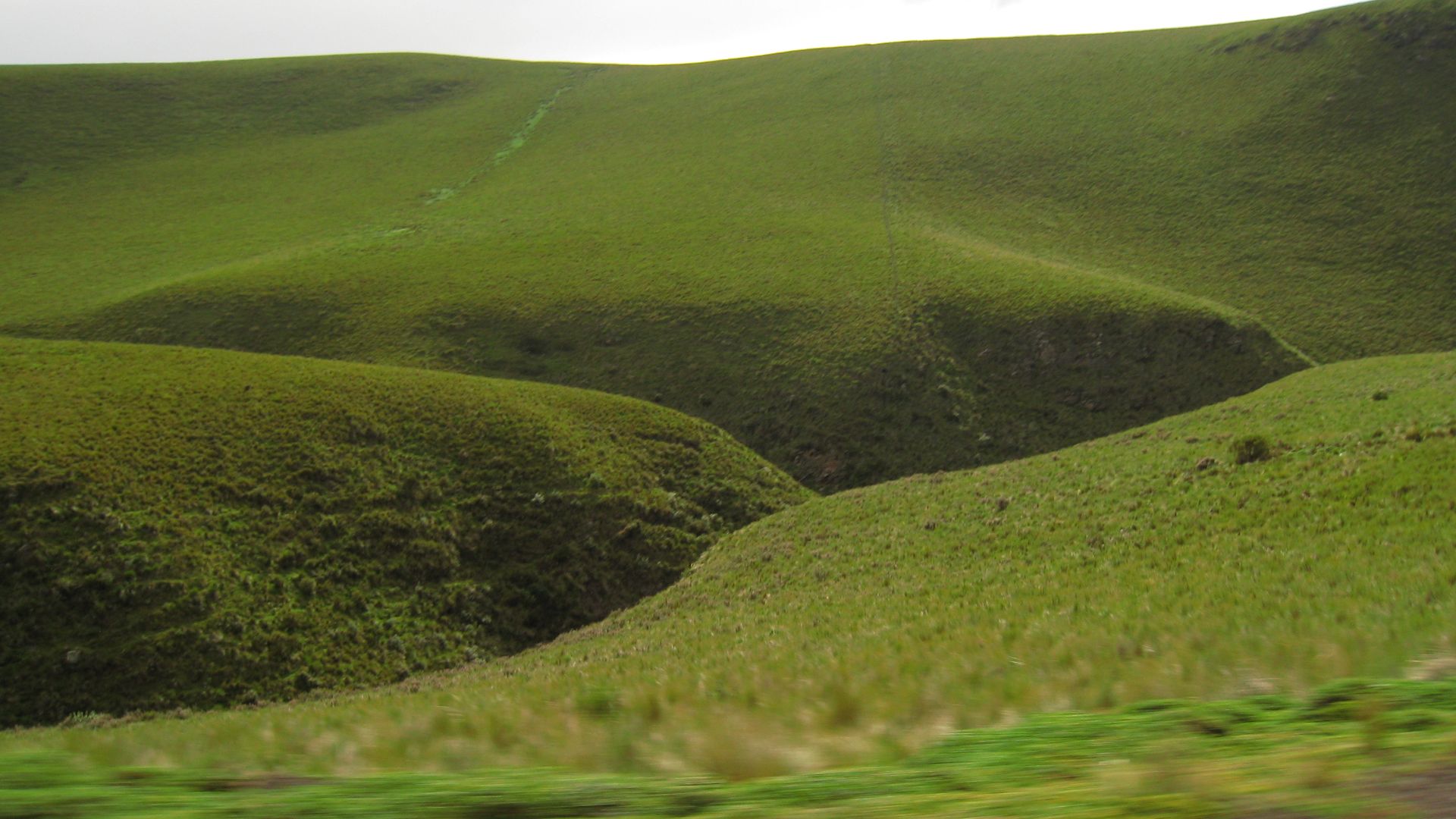 Phelipemancheno, Wikimedia Commons
Phelipemancheno, Wikimedia Commons
Where They Lived
The exact location is the Bogota Altiplano, a high-altitude plateau in the Andes Mountains. This is part of the Eastern Cordillera, also known as the Altiplano Cundiboyacense. Its climate and resources likely made it a favorable environment for early hunter-gatherer communities.
Published In Science Advances
The breakthrough was laid out in a study published by Science Advances in May 2025. It marked a significant milestone in genetic anthropology and reshaped perceptions of ancient South American populations. Peer-reviewed, the findings have already sparked renewed interest in migration theories.
How The Study Was Done
Researchers sequenced 21 ancient genomes recovered in the Altiplano. The samples span several thousand years and multiple cultural periods. This allowed scientists to track both continuity and dramatic shifts in genetic lineages across time, to highlight the existence of a once-isolated group.
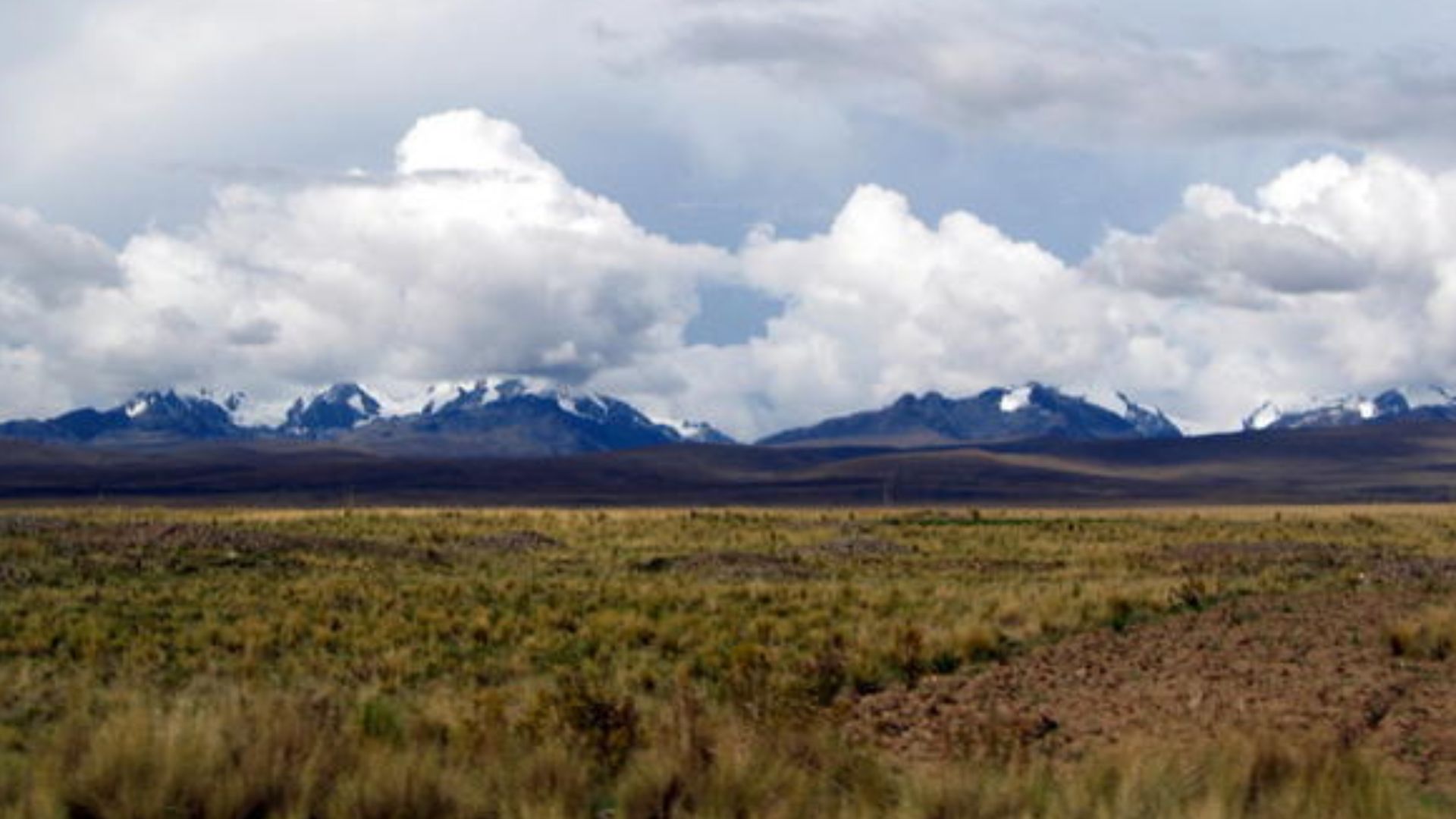 Karan Gulaya, Wikimedia Commons
Karan Gulaya, Wikimedia Commons
Their Genetics Stand Out
What stood out most was the group’s remarkable genetic distinctiveness. Tests carried out thus far have shown that their DNA does not match that of any ancient or modern Indigenous groups in the Americas. What does this mean? First, isolation and second, an earlier migration wave with zero genetic trace.
Enter The “Ghost Population”
Since this lineage left no genetic traces in either modern or later ancient South American populations, researchers now refer to them as a “ghost population”. Their existence is known only through faint echoes in ancient DNA. It’s a hauntingly fitting name for a people whose origins remain shrouded in mystery.
The Bogota Altiplano’s Geography
More than just a scenic plateau, the Bogota Altiplano is a vital piece of the migration puzzle. Its high elevation and abundant water made it a natural stopover for early peoples. With the right resources, they could build sustainable habitats and make it a hub for cultural development.
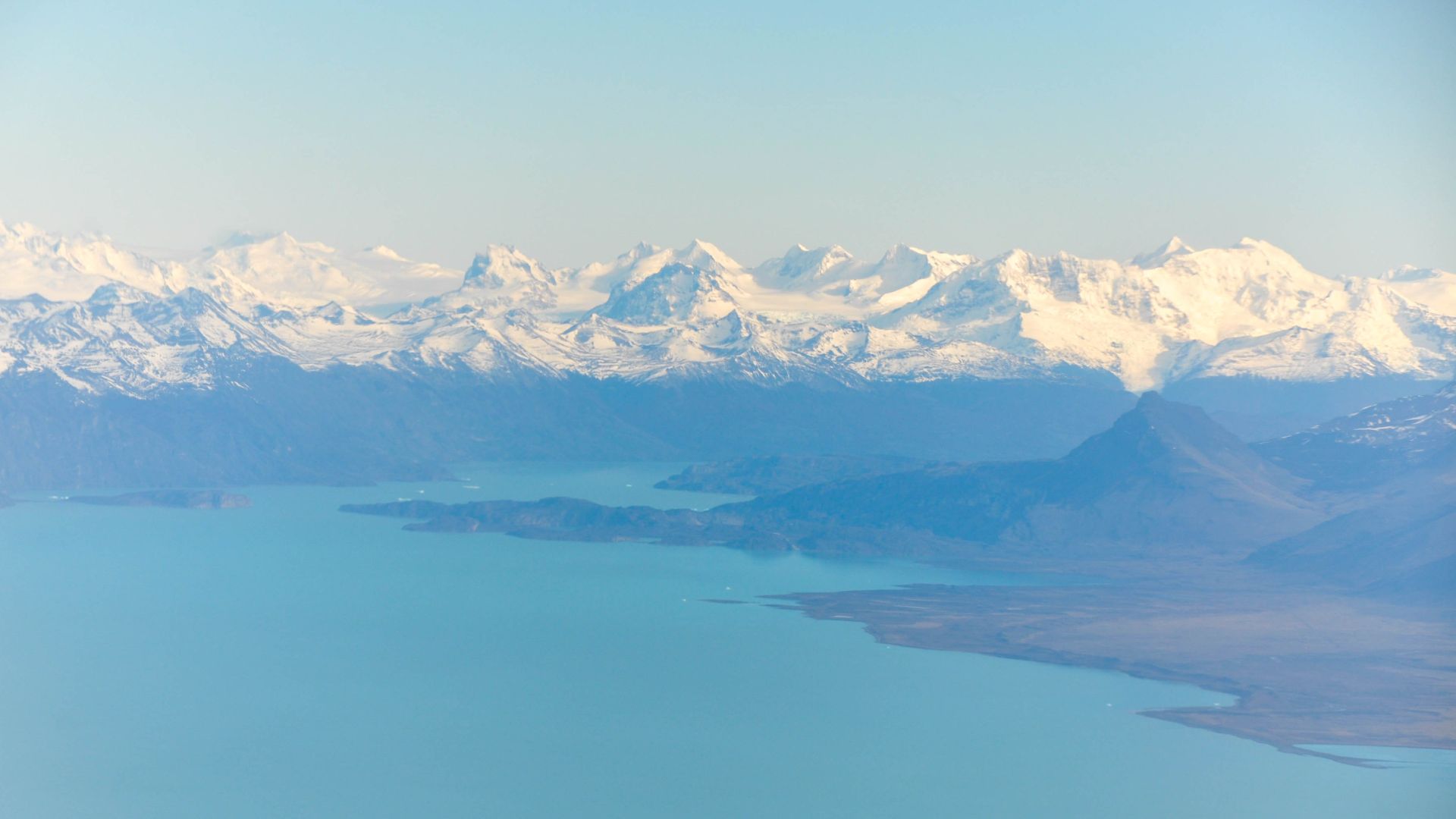 Jorge Láscar from Melbourne, Australia, Wikimedia Commons
Jorge Láscar from Melbourne, Australia, Wikimedia Commons
Bolgota Was A Gateway Through The Highlands
The Bogota Altiplano played a pivotal role in ancient human migration across the Americas. With its high-altitude terrain and rich natural resources, it served as a vital corridor for early migrating groups. That DNA? It gave insight into just how these populations migrated, settled, and evolved over thousands of years.
Who Passed Through Bolgota, And Why?
Early hunter-gatherers, including the now-extinct ghost population, passed through the Bogota Altiplano in search of water, game, and fertile ground. Its highland corridors also offered safe passage. Some stayed and thrived, while others moved on. The area thus became a prehistoric crossroads in the great migration across the Americas.
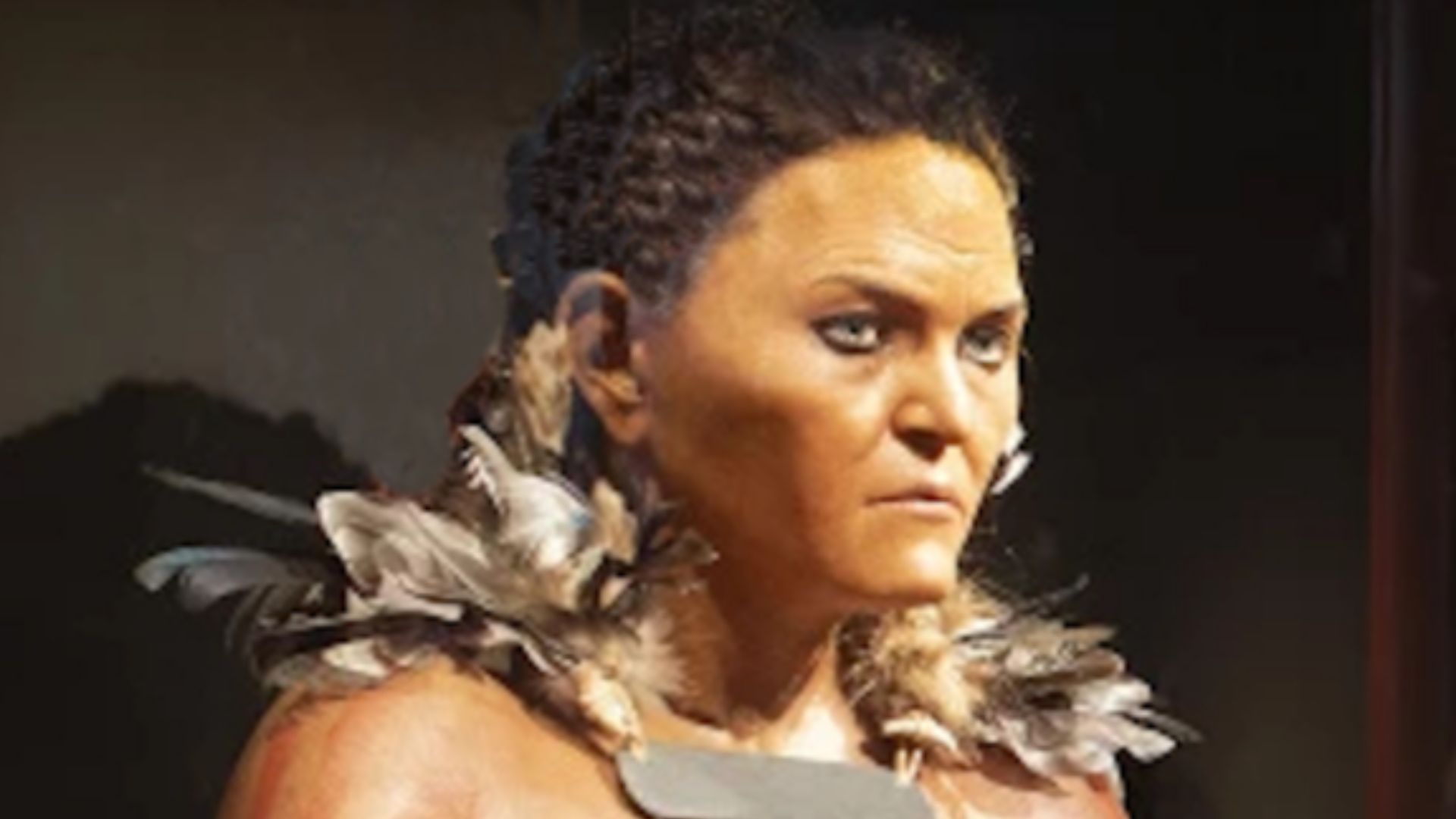 Ylwa Moritz, Wikimedia Commons
Ylwa Moritz, Wikimedia Commons
Four Cultures, One Genetic Story
Now here is where it gets interesting: The DNA samples span four cultural periods—Checua, Herrera, Muisca, and Guane—each offering a unique glimpse into the region’s past. Together, they form a timeline of shifting populations in the highlands. The oldest?
 Mariordo (Mario Roberto Durán Ortiz), Wikimedia Commons
Mariordo (Mario Roberto Durán Ortiz), Wikimedia Commons
The Checua Genomes
Of the four, the oldest DNA samples came from the Checua culture, dating back 6,000 years. These genomes carried a unique genetic signature that…as you guessed, doesn’t match any known group. Their age just confirms they existed before the rise of later Andean civilizations.
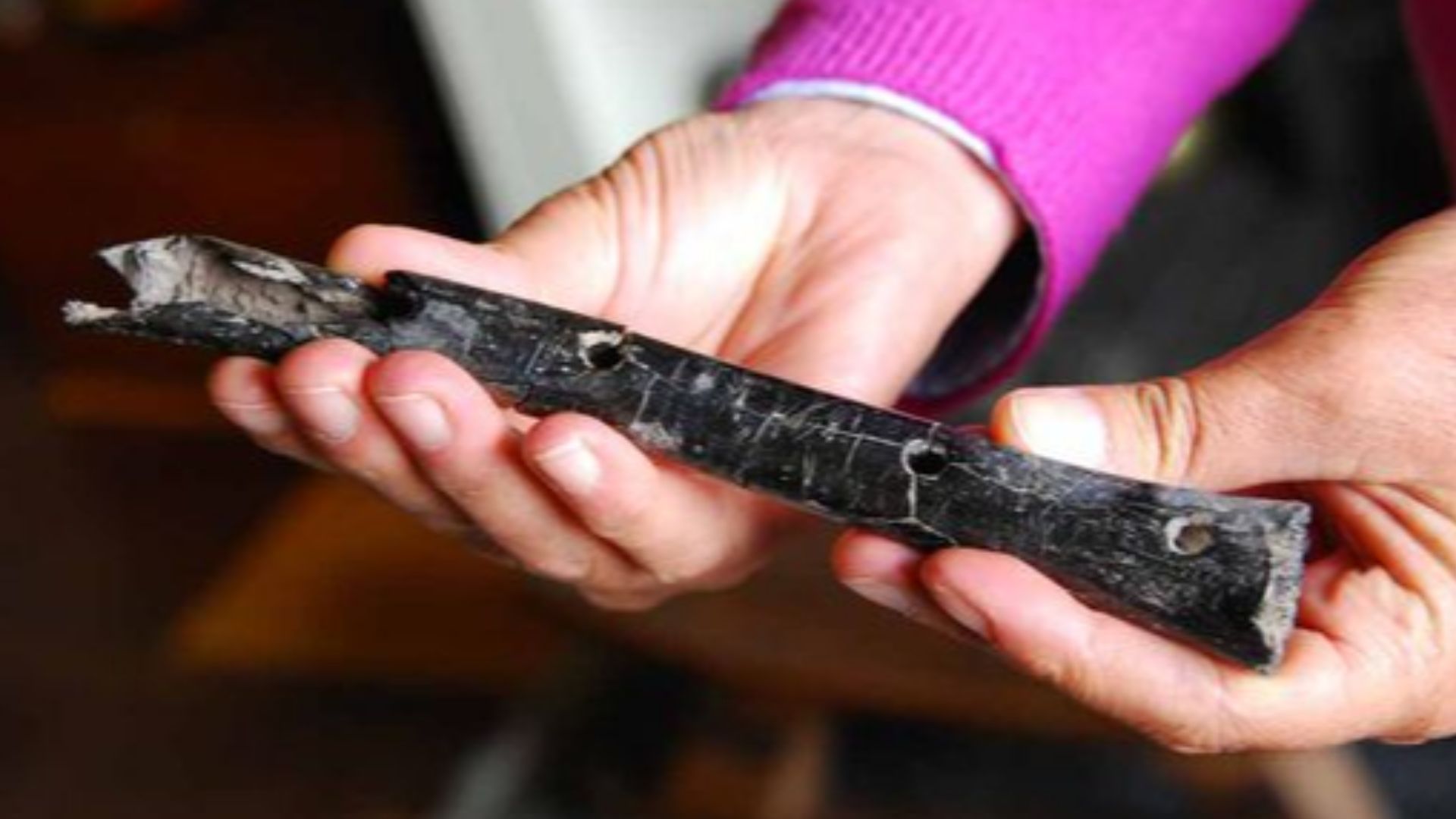 El Espectador, Wikimedia Commons
El Espectador, Wikimedia Commons
Next Up Was The Herrera
Around 2,000 years ago, during the Herrera period, the transition from nomadic hunter-gatherer societies to more settled agricultural communities in the Altiplano Cundiboyacense occurred. The ancient group’s unique genetic signature went missing at this time. And not just for a few years, but many.
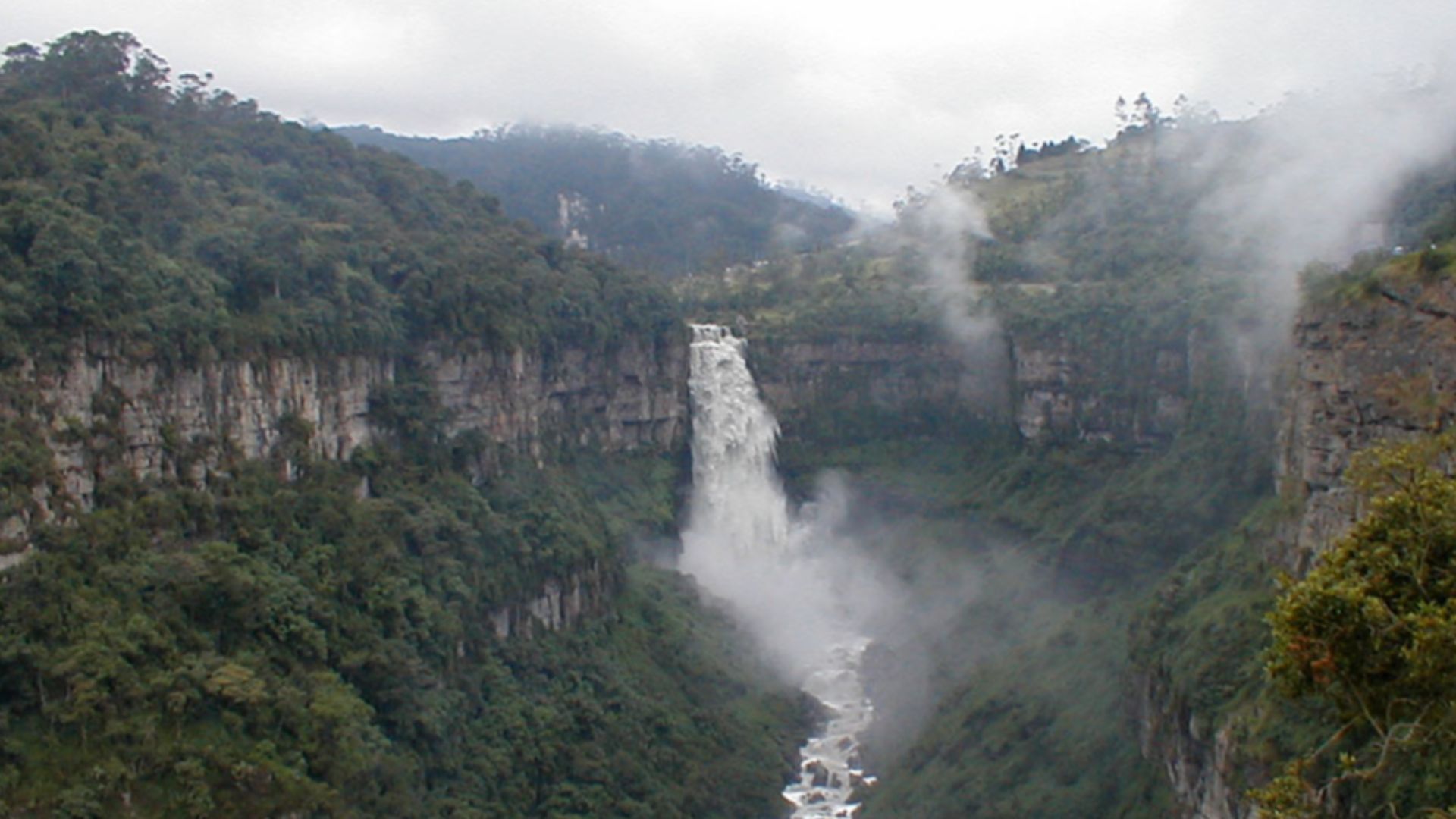 FranciscoA. ZeaB., Wikimedia Commons
FranciscoA. ZeaB., Wikimedia Commons
A New Chapter Began With The Muisca
Dating from approximately 1,200 to 500 years ago, the Muisca genomes emerged, marking a pivotal moment in the region’s genetic history. These people are more closely related to modern Indigenous South Americans. Interestingly, they carry none of the ancient lineage seen in the much older Checua remains.
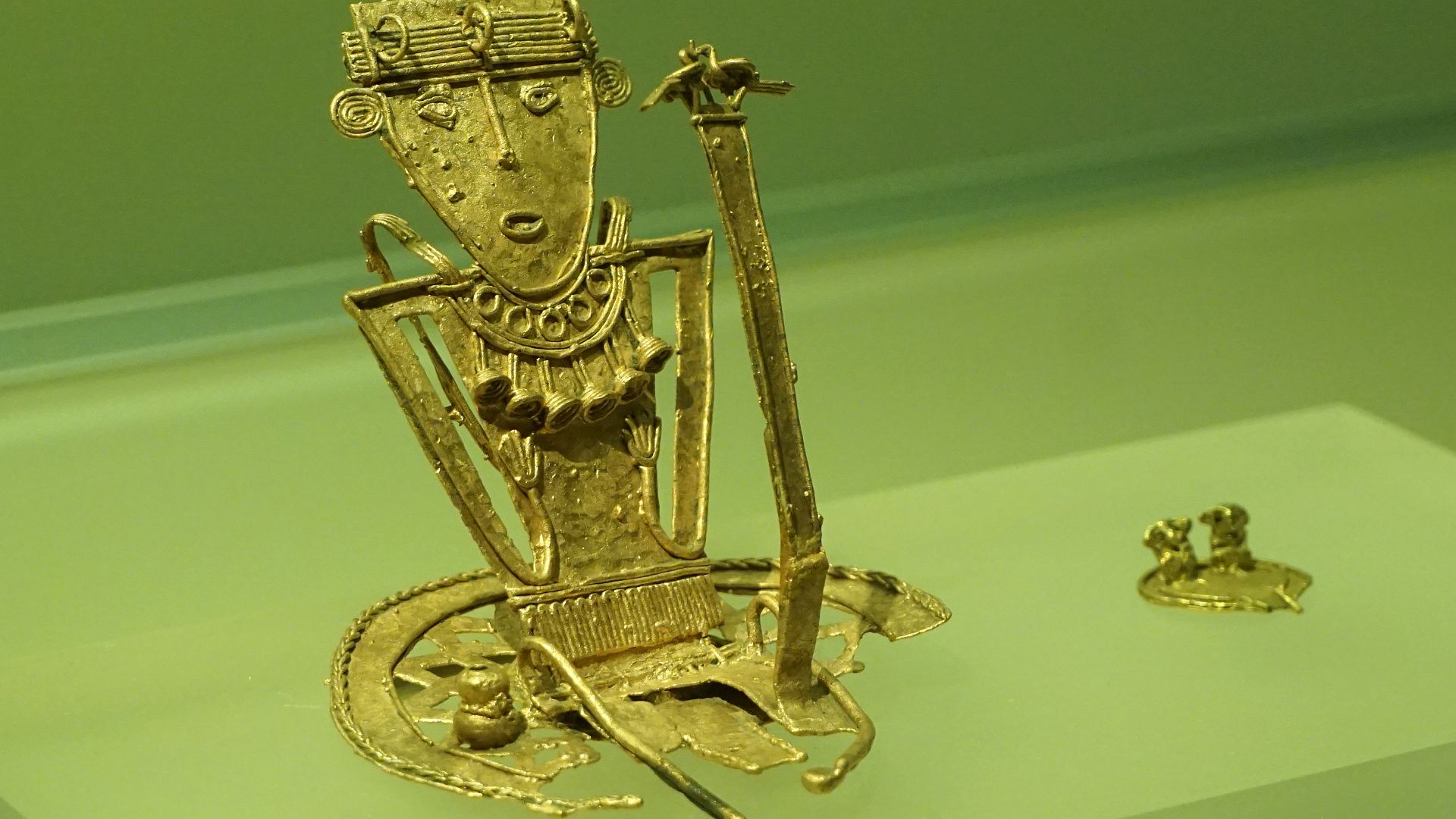 Mariordo (Mario Roberto Durán Ortiz), Wikimedia Commons
Mariordo (Mario Roberto Durán Ortiz), Wikimedia Commons
Finally, Meet The Guane Genomes
The Guane genomes, the last of the four, date back approximately 530 years, offering one last snapshot before European arrival. Their DNA samples also lacked any earlier genetic signature. The big question remains: Whatever happened to the original group? No one knows.
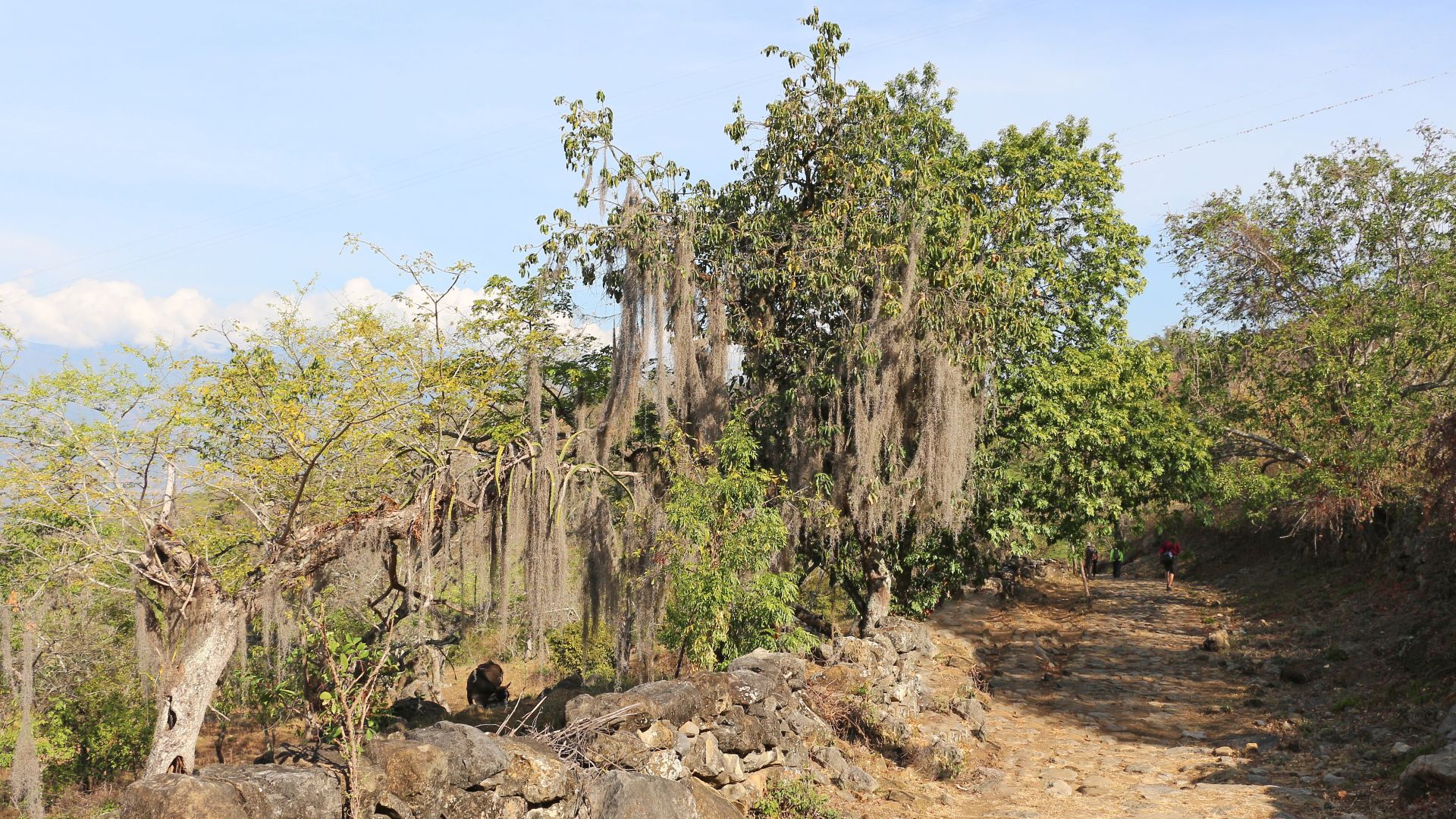 Bernard Gagnon, Wikimedia Commons
Bernard Gagnon, Wikimedia Commons
Zero Traces Beyond Genetics
While DNA uncovered their existence, no artifacts, cultural records, or linguistic traces have been linked to the ghost population. Without these elements, this ancient group remains a ghost in the archaeological record. It makes them invisible in both genetic and archaeological history.
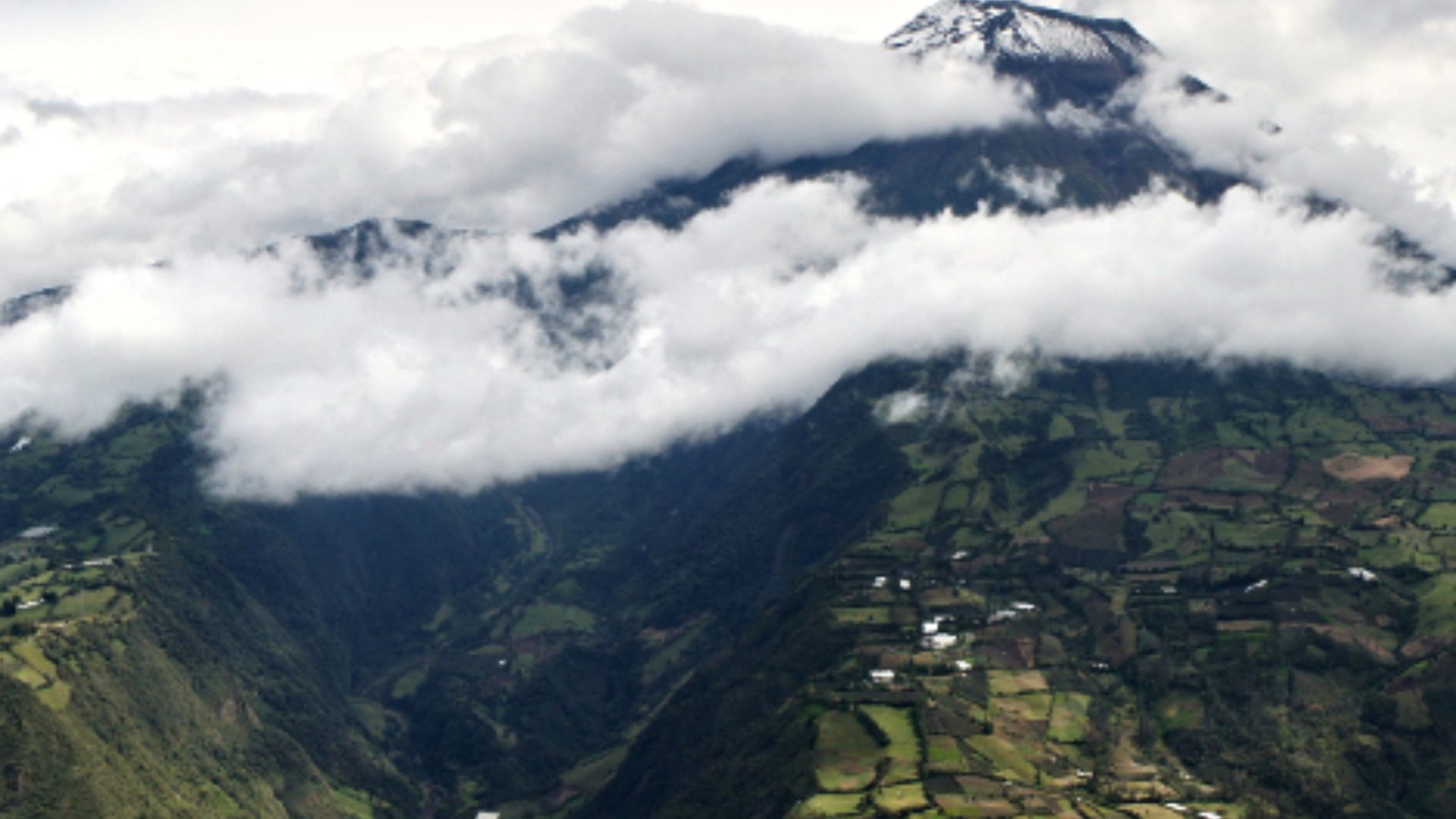 Ecuador_Tungurahua_panorama_view.jpg: Michelsberg derivative work: Inkey, Wikimedia Commons
Ecuador_Tungurahua_panorama_view.jpg: Michelsberg derivative work: Inkey, Wikimedia Commons
What They Ate
With no artifacts left, scientists had to try something else. So, they used soil DNA and isotopic clues to reconstruct their diet. The menu featured tubers like ulluco, as well as hunted deer and guinea pigs. Their tools may have been biodegradable, which explains why there are no traces.
Were They Absorbed Or Displaced?
Theories of their disappearance span from a slow blend into new populations through intermarriage to being pushed out by climate change to social disruption. With no written records to follow, the world is left with fragments of DNA and a trail of unanswered questions.
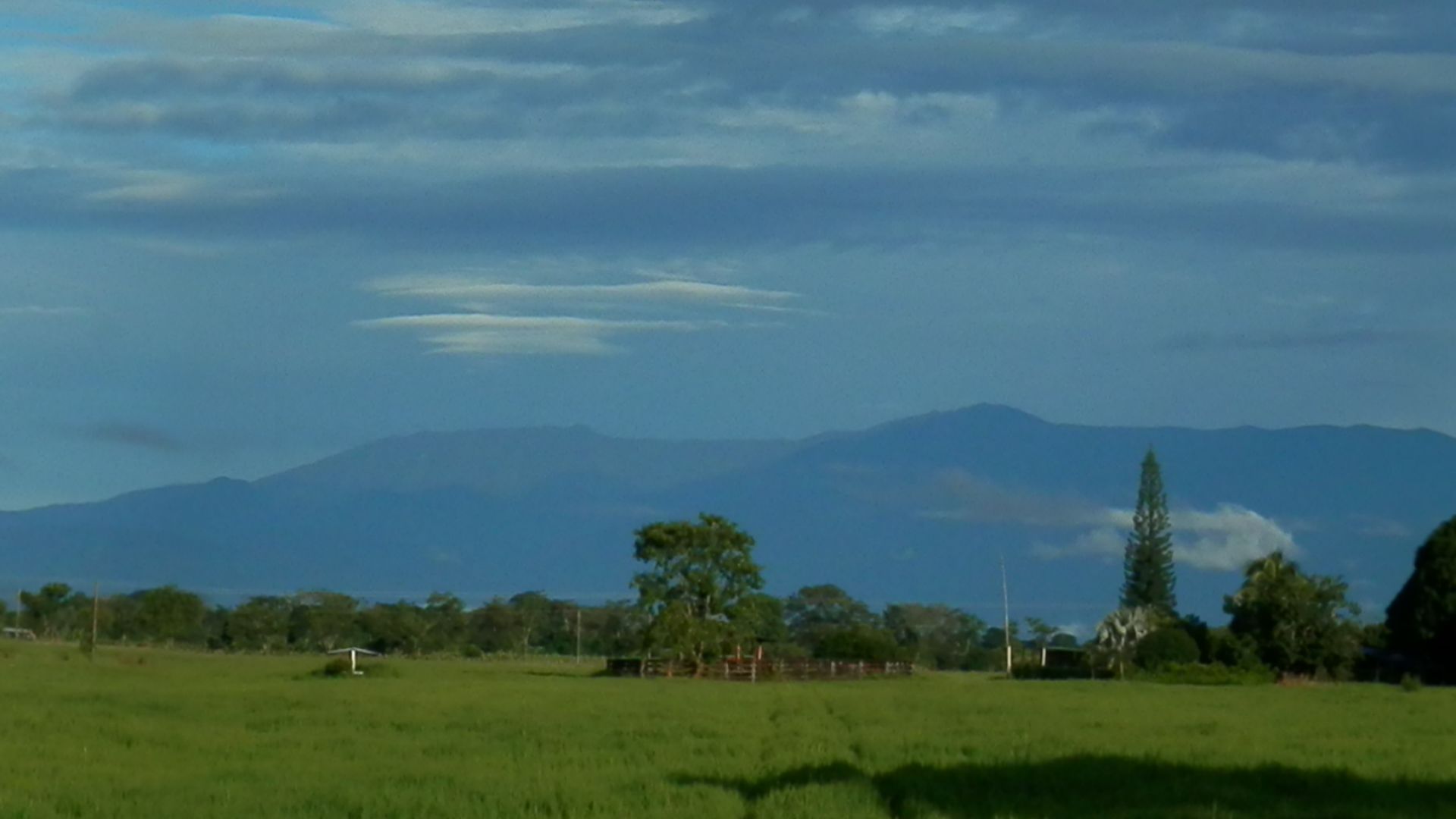 Alejandro Barón Carrillo, Wikimedia Commons
Alejandro Barón Carrillo, Wikimedia Commons
Climate Shifts And Vanishing Populations
Approximately 6,000 to 2,000 years ago, climate shifts in the Andes led to droughts and cooler temperatures. For a fragile foraging society, that could mean disaster. Nature might have taken them out: a changing environment, resource scarcity, or encroachment.
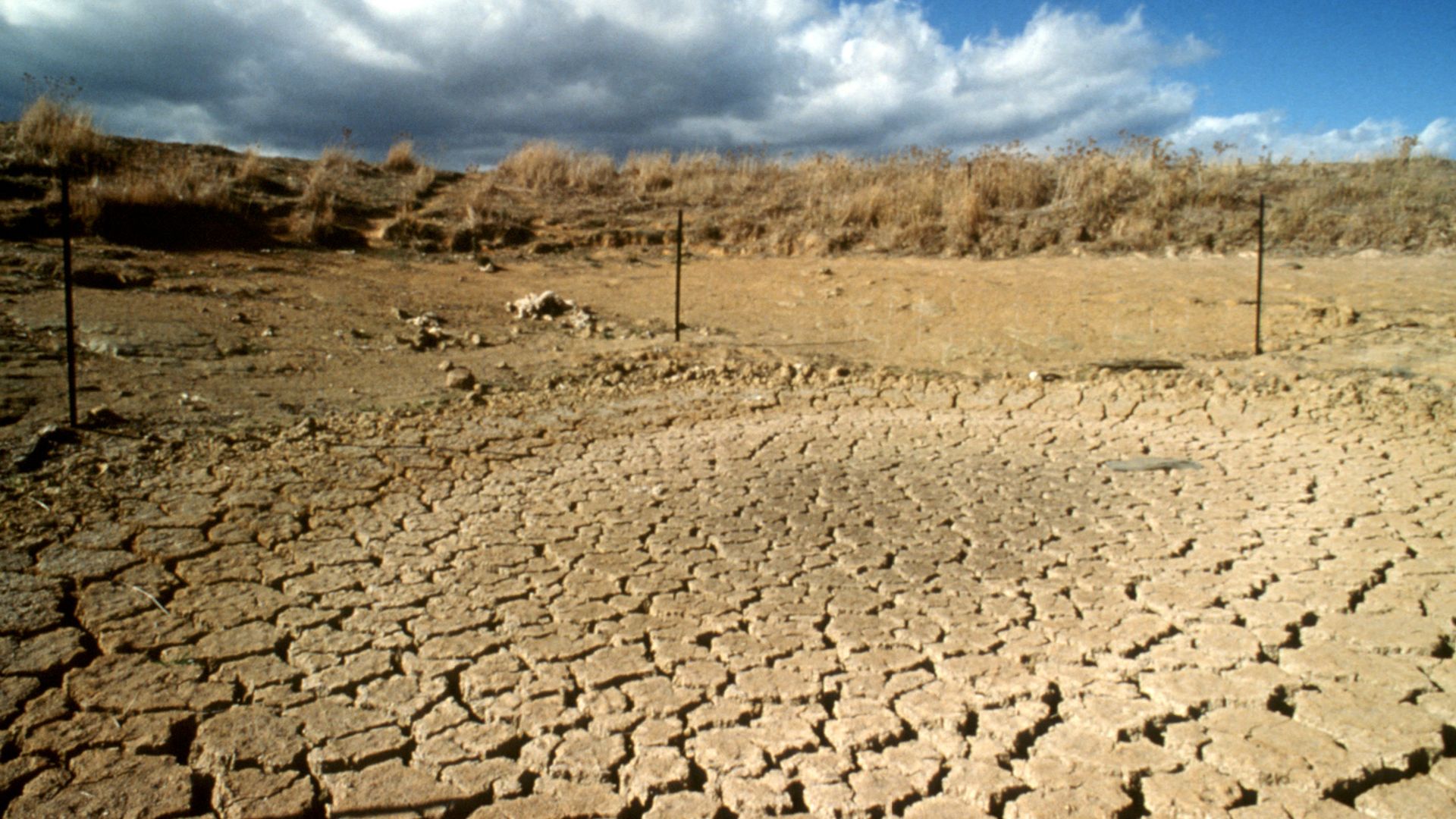 Plant Industry, CSIRO, Wikimedia Commons
Plant Industry, CSIRO, Wikimedia Commons
Genetic Dilution Over Time
As centuries passed, the Chibchan-related ancestry in ancient genomes was gradually diluted by waves of newcomers. Each generation layered new genetic threads over the old, until the original signal became harder to detect. The fading legacy now challenges scientists as they try to piece together South America’s early population story.
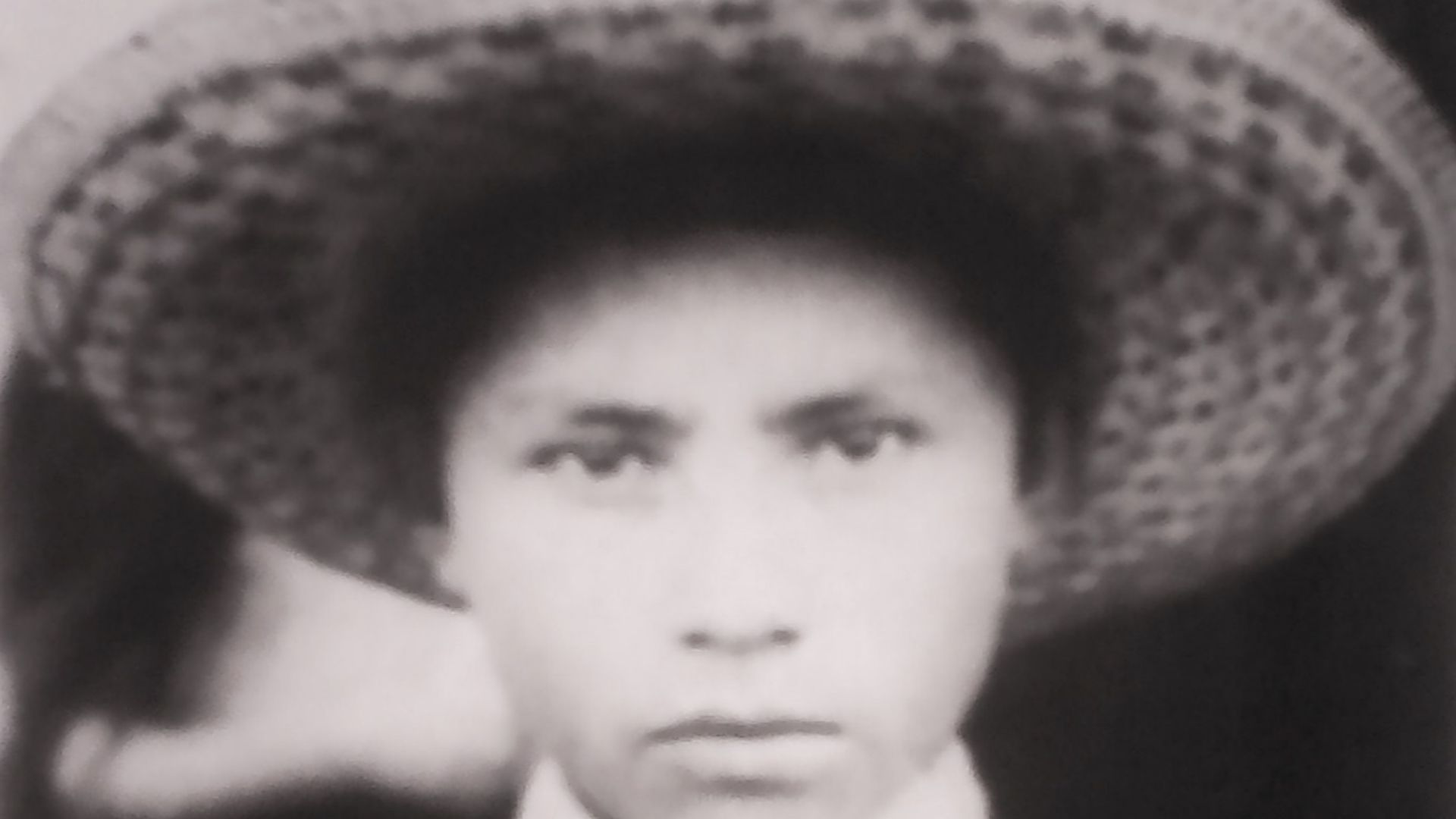 Luis Benito Ramos, Wikimedia Commons
Luis Benito Ramos, Wikimedia Commons
Challenges To Cracking The DNA Code
Recovering ancient DNA in tropical regions like Colombia is no easy task, as heat, humidity, and microbes work fast to destroy genetic material. Using advanced methods, researchers extracted valuable DNA from decayed samples to unlock new potential for discoveries.
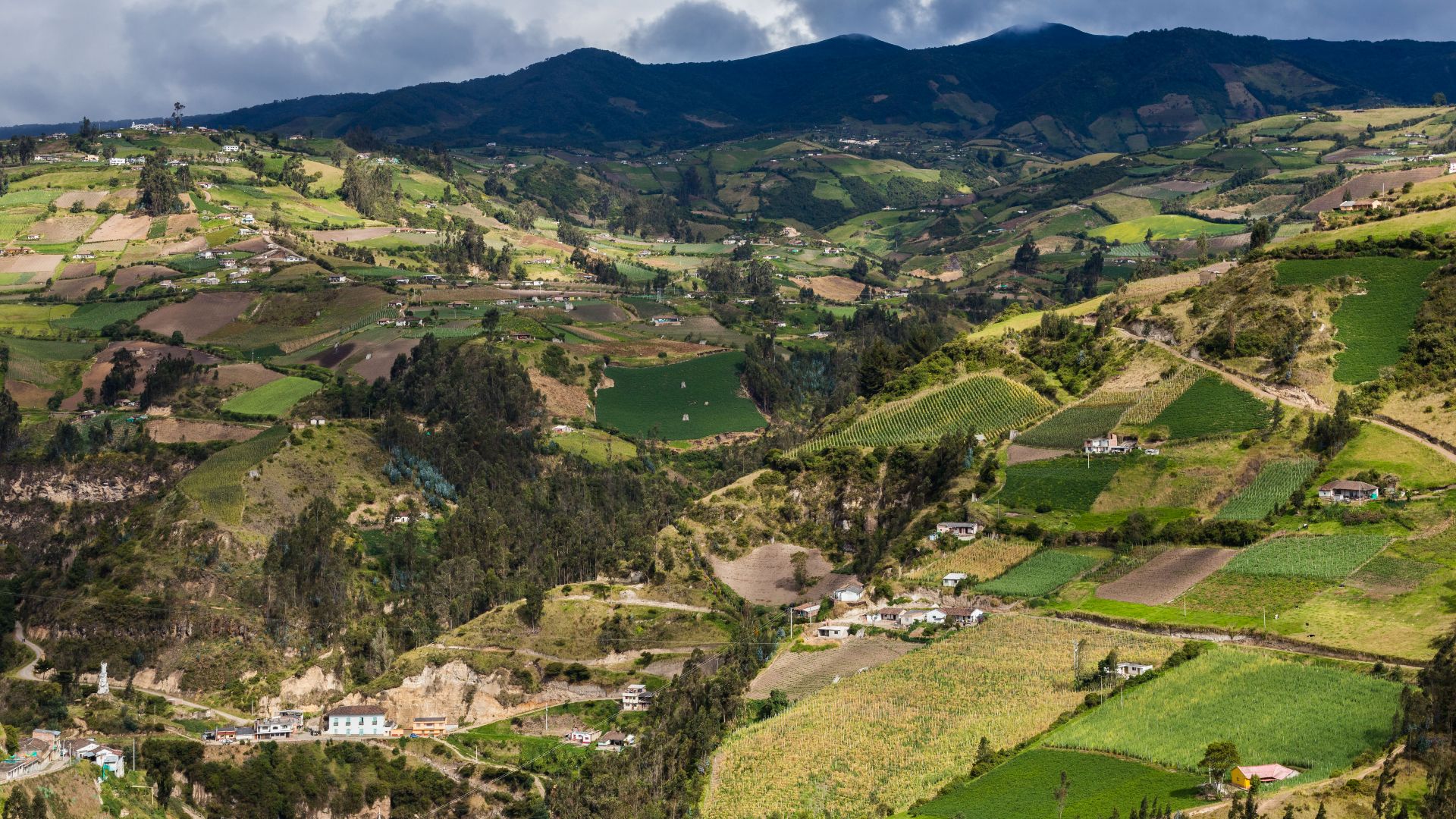 Diego Delso, Wikimedia Commons
Diego Delso, Wikimedia Commons
What Their DNA Still Teaches Us
Even without descendants or artifacts, their DNA is a goldmine for science. It’s helping researchers refine methods for extracting genetic material in tropical climates, one of archaeology’s most challenging tasks. Every fragment decoded gives this ghost population a fitting place in history.
The Future Is Full Of The Past
There’s still much to be found. With only a few genomes decoded so far, scientists suspect Colombia’s soil still hides other groups waiting to be uncovered. As DNA tools become more refined, future excavations may unearth lost lineages that reshape our understanding of human migration in the Americas.
 National Cancer Institute, Unsplash
National Cancer Institute, Unsplash


